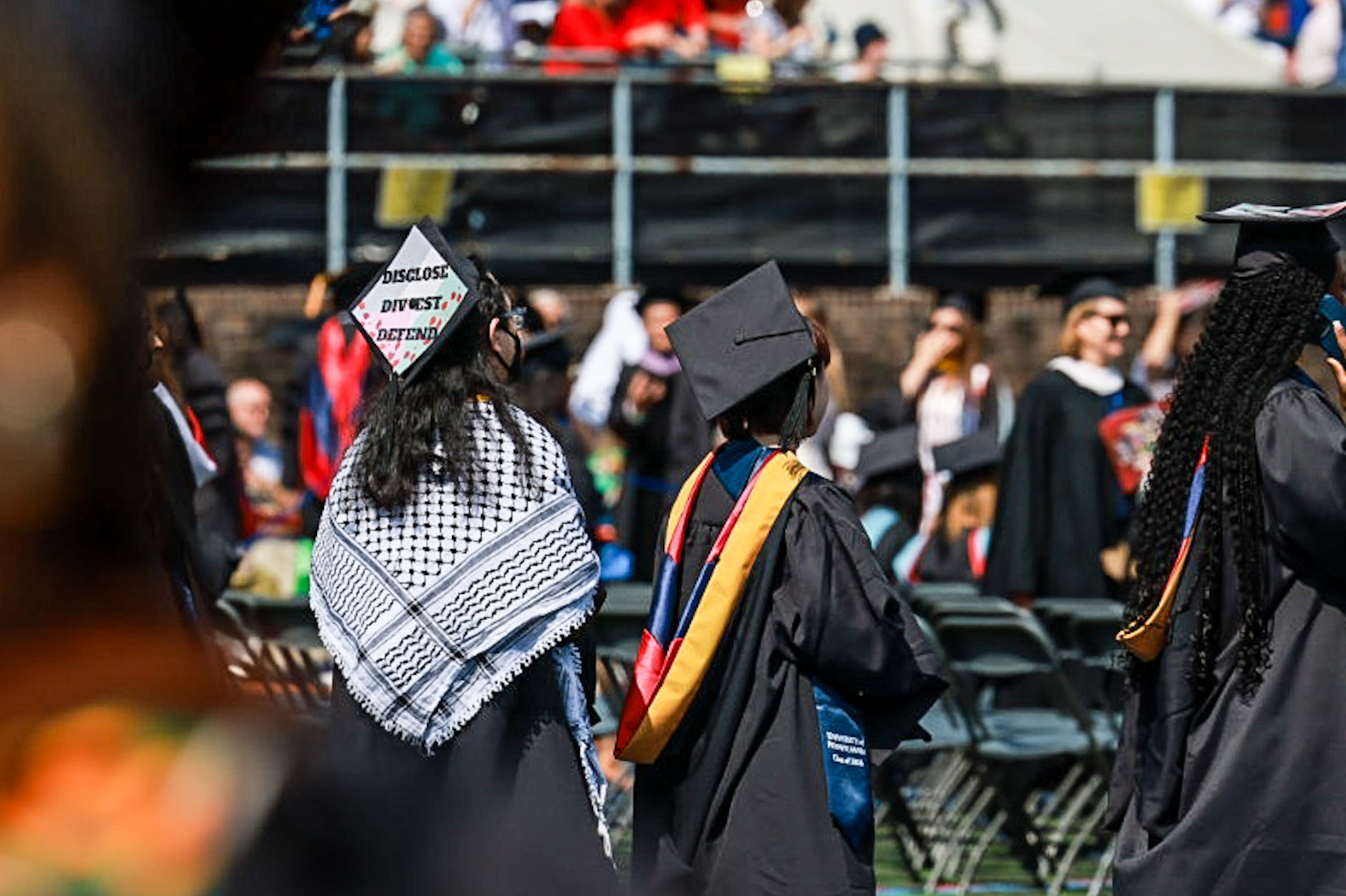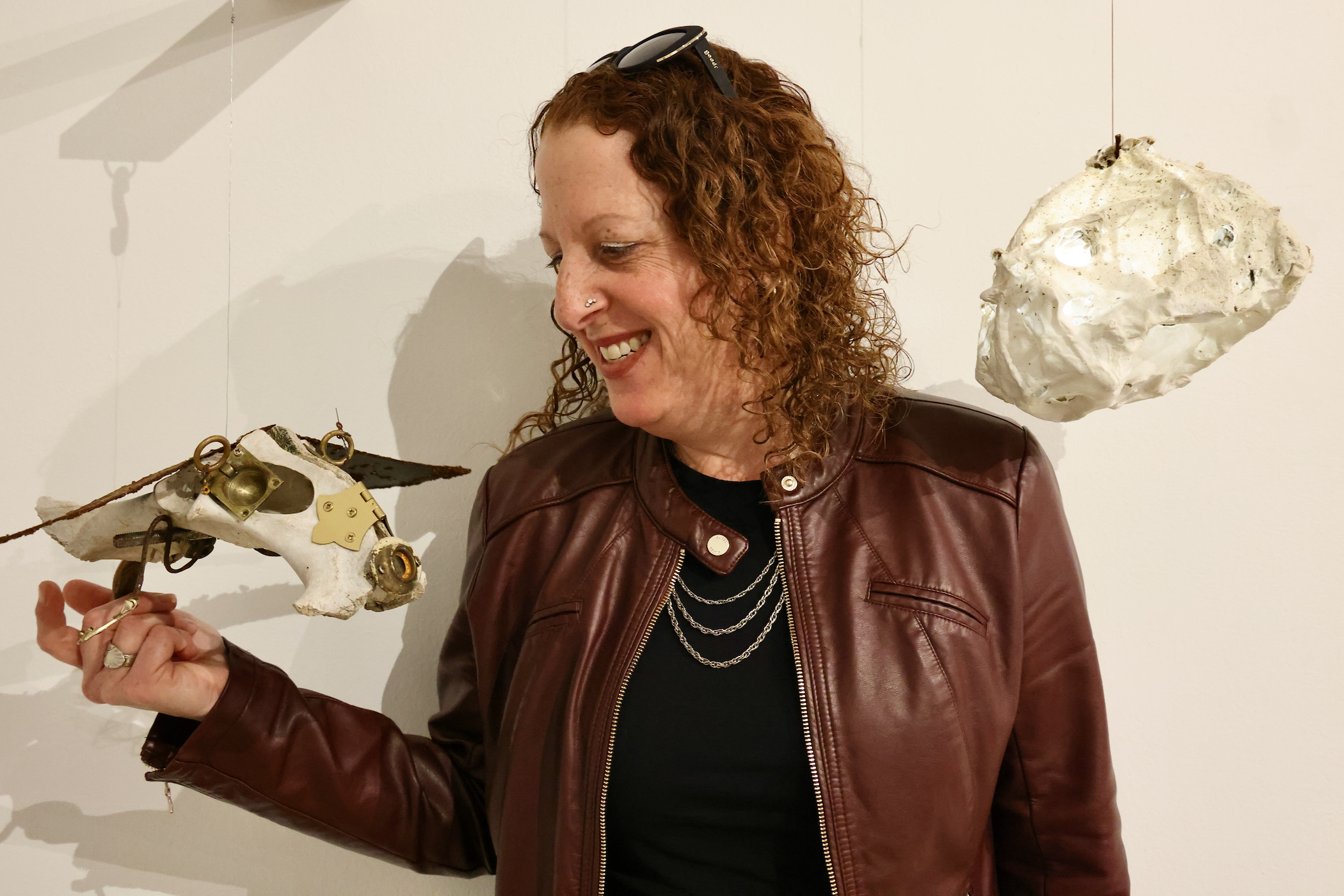Miya Benintende left her old charter school in pursuit of the job security afforded by the teacher’s union at her public school.
Oliver Bjeletich chose to stay at their charter school for a second year because it offered them ample classroom resources and a good salary.
Lyssa Horvath achieved her lifelong goal of teaching in a public school after earning her educator certification following a decade of teaching at private and charter schools.
Three teachers. All of them worked in both public and charter schools. Through different circumstances and stages of life, their stories illustrate the breadth of challenges teachers face across school systems.
Here’s why each of them teach where they do today.

Billy Penn partners with Temple University’s Logan Center for Urban Investigative Reporting to report on educational disparities within the Philadelphia School District.
Benintende: A union means ‘more collaborative’ relationship with administration
Benintende was one of the first group of teachers to work at Pastorius-Richardson Elementary in East Germantown after it was handed over from the school district to a charter company in 2013.
She began to face scrutiny she did not enjoy, she said. Benintende recalled being asked to meticulously script her lessons and submit each one to administrators for review. If she deviated from her classroom plan, or turned in lesson plans without a detailed script, her superiors would mark it up with a red pen.
“I felt like I was in college, and I was experiencing that same kind of college burnout,” Benintende said. “But I was answering to administrators instead of professors, and my job was on the line, not just a grade.”
In 2019, she left for a job teaching kindergarten at Edward T. Steel Elementary, a district-operated school in Nicetown. She still currently teaches third-grade English and writing there.
The supervision is nearly as intense as at Pastorius, Benintende said — but having the backing of the teacher’s union makes a big difference.
“I can speak my mind more freely if I disagree with the approach they want me to take,” Benintende said. “I feel more confident to try my own pedagogical approaches without being reprimanded about straying from a script. The lessened pressure makes the meetings between leaders and administrators more collaborative in the public schools.”
Bjeletich: Mastery Charter provides support staff for social-emotional learning
While earning their master’s in education in 2021, Bjeletich student-taught at George W. Nebinger Elementary in Bella Vista. Bjeletich wanted to stay at Nebinger, they said, but the school was downsizing and told them there wasn’t room.
Searching for full-time positions, Bjeletich found the Mastery Charter Schools website and was drawn in by the language expressing a commitment to anti-racist teaching. They were also impressed by the number of support staff like therapists and counselors listed on the site.
Bjeletich applied, and landed a position at Frederick Douglass Mastery Charter in North Philadelphia.
The promised support staff has panned out, they said, and makes a big difference — available to come to their classroom to address social or learning issues with individual students. The counselor might engage in an impromptu therapy session with the student, or offer worksheets that help the student reflect on their behavior.
“It really helps them think through these steps,” Bjeletich said. “We’re really teaching them those social-emotional learning skills that they might not necessarily be learning otherwise.”
Horvath: Trading extra resources for the sake of principle
Horvath has always been a believer in public education and wanted to return to her roots. But for most of her decade-plus teaching career, she taught in private and charter schools that didn’t require state certification and offered discounts on childcare for her son.
With her son almost at elementary school age, Horvath made the switch this year to teaching at Cook Wissahickon Elementary, a district K-8 in Roxborough.
Horvath appreciates the transparency and certainty of her salary as a part of the teacher’s union, and there’s less scrutiny on her than at charter schools, she said.
The tradeoff, is that she has less classroom resources and prep time teaching at a public school than she did elsewhere, she said.
“The resources at the charter school are much more vast than they have been since I’ve come to the public schools,” Horvath said. “I didn’t want or need pencils or copying paper for my room or my students at the charter school.”
None of that diminishes the fulfillment Horvath feels about working in a public school, however.
“I grew up in public education, I believe in public education,” Horvath said. “Public education work is social justice work for me.”























